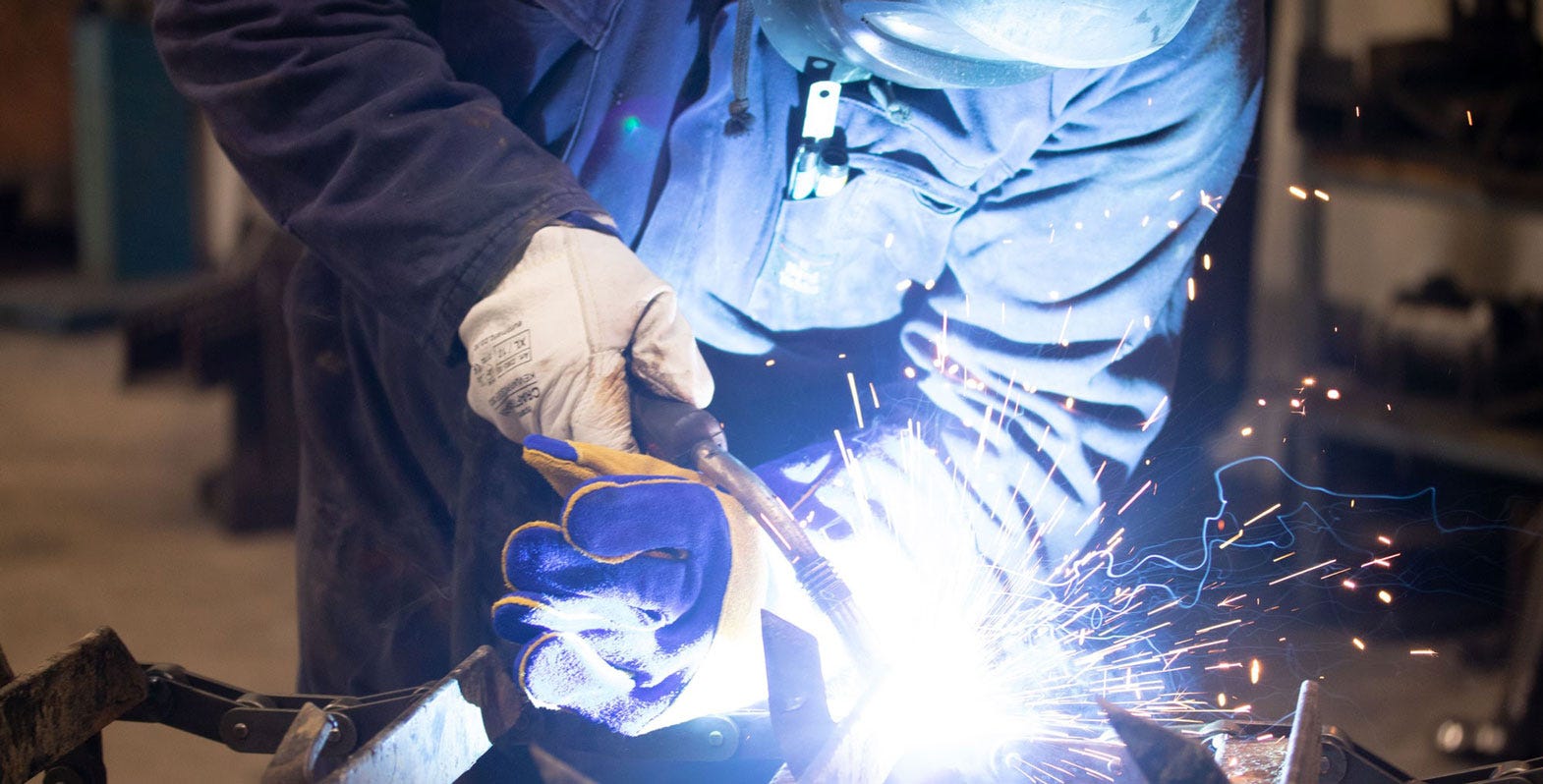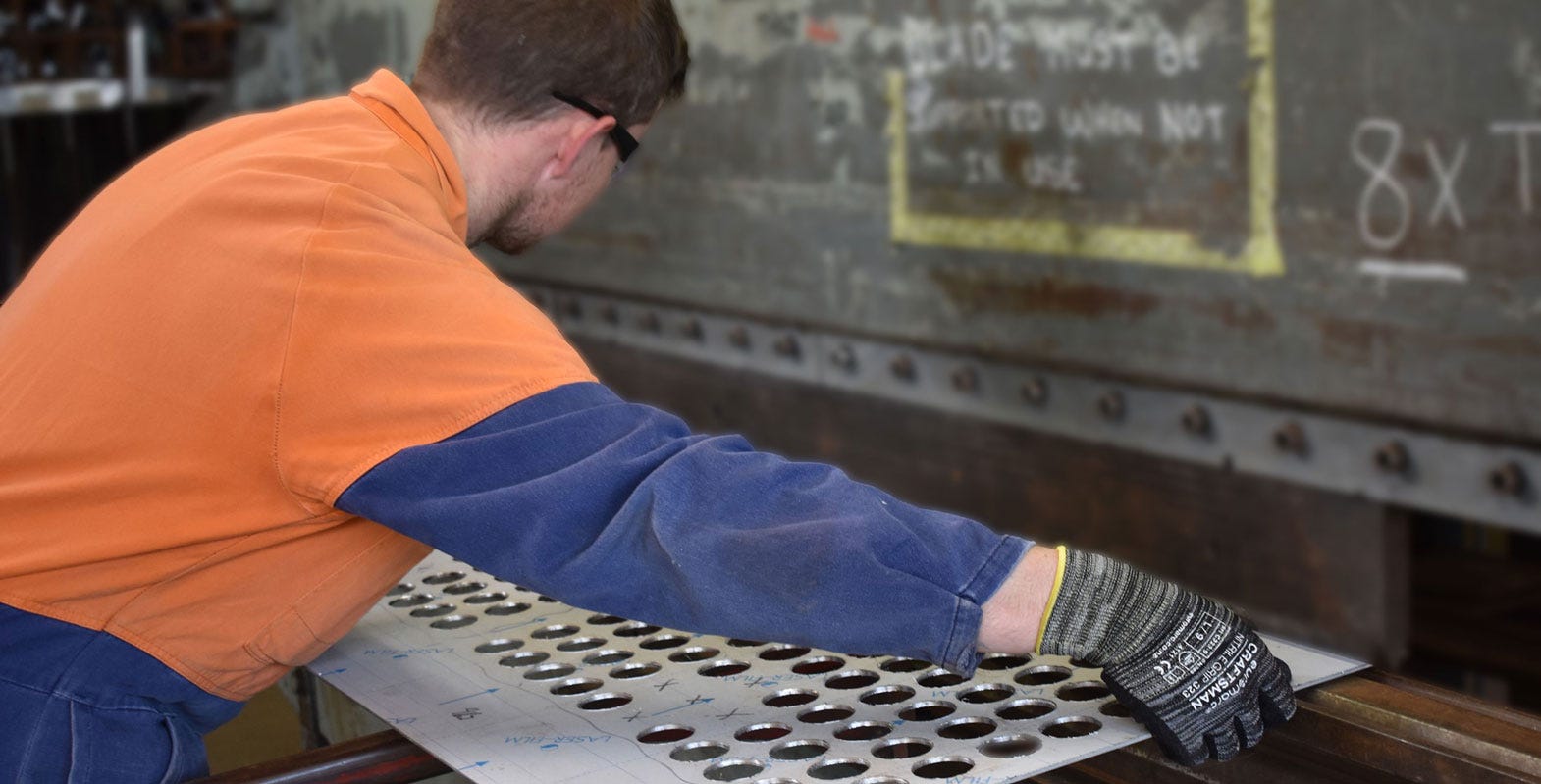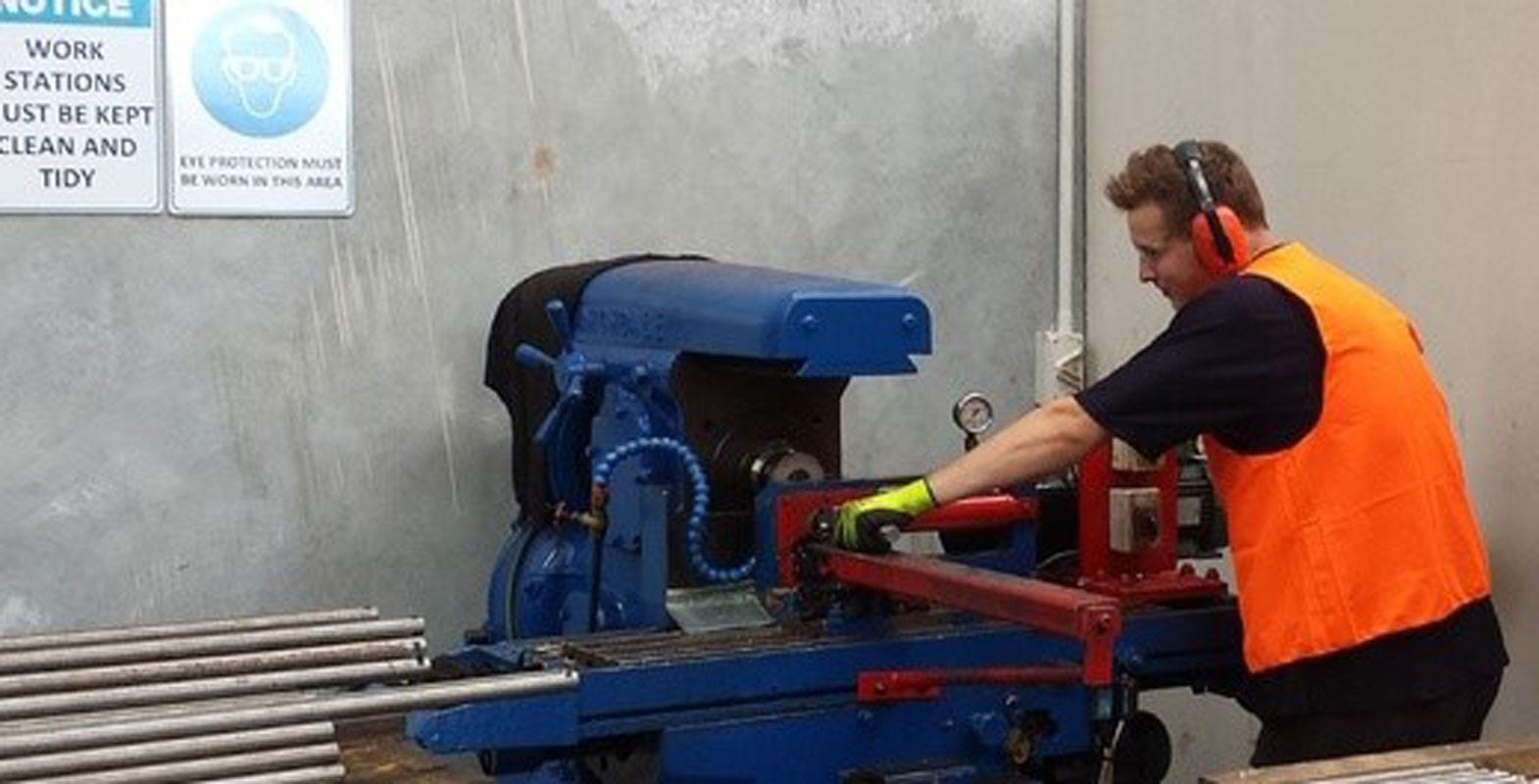Dissecting a glove - the truth behind cut resistance
Contact dermatitis and other skin related issues are one of the most common reasons workers refuse to wear gloves. When the skin flares up, it's easy to blame it on the gloves. Maybe it's an allergy? The truth is, it's probably NOT the gloves, but a range of other factors causing your skin irritation - and YES, it may be preventable! Find out more...
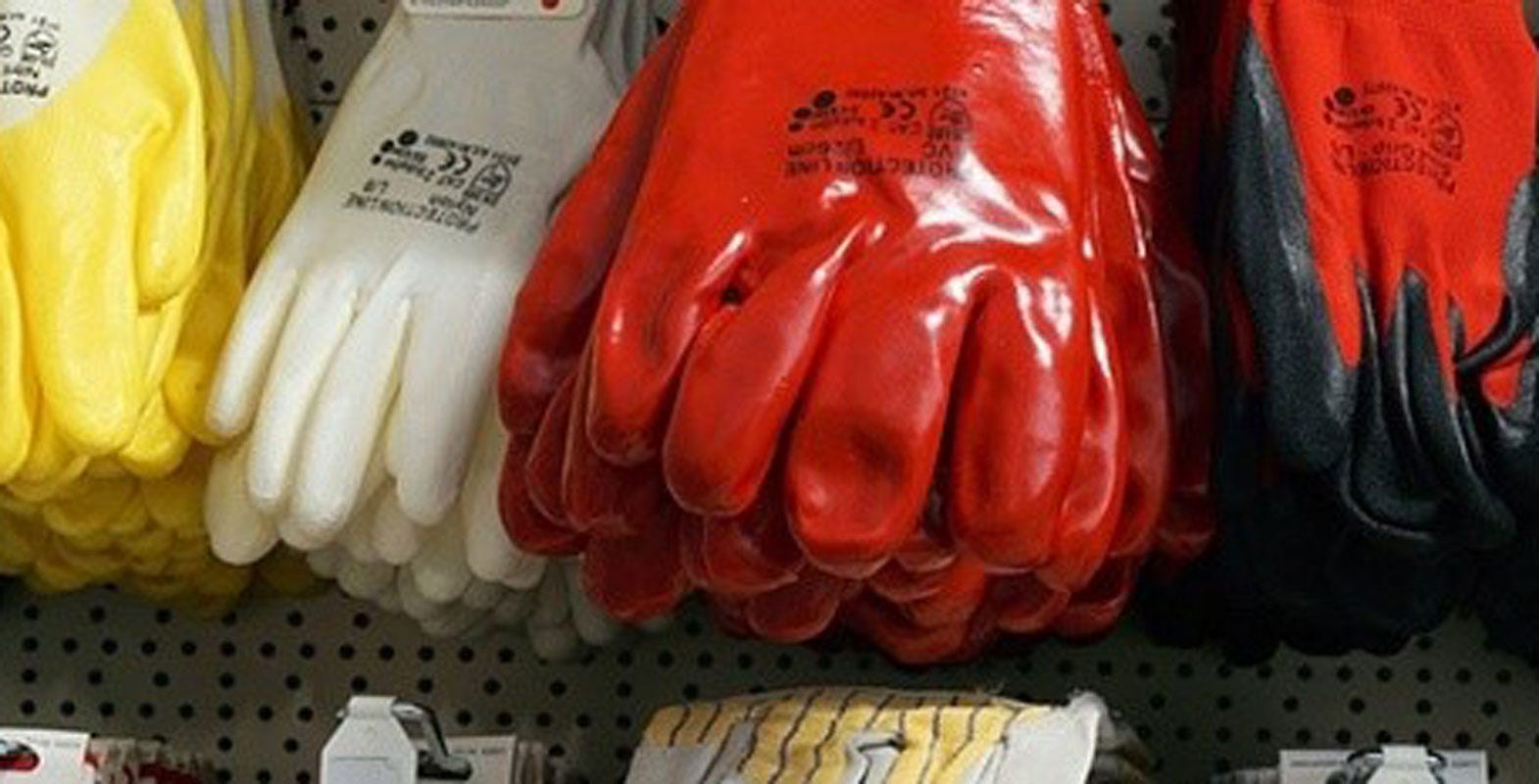
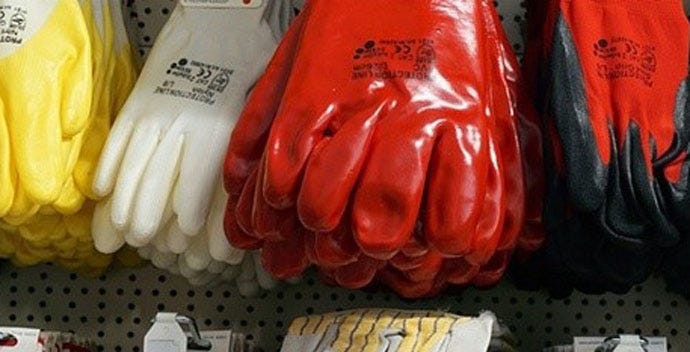
Lining vs Coating
- Lining - this is the material the glove's made from that provides the most cut resistance. Unless the glove is made for a very specific purpose, the lining should provide 360° hand protection - because it's not just the palms of your hands that are vulnerable to cuts!
- Coating - the coating is the outside stuff that gives you the ability to handle objects. It provides grip and abrasion protection. Depending on what coating is used, this can also provide additional cut resistance and protection, but the main cut protection is in the lining material.
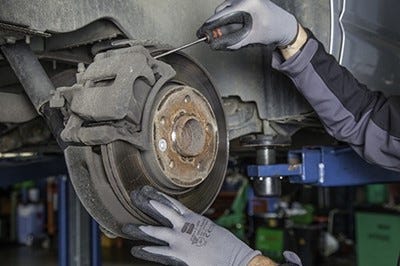

Lining Materials
There's a lot of fancy names and comparisons out there, but the truth is, there's really only two types of yarn used for cut resistant glove lining:
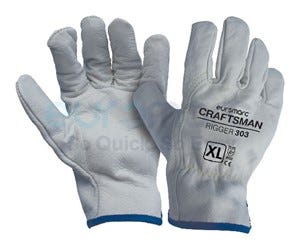

Kevlar
Kevlar is the most commonly known of the para-aramid fibres. These provide outstanding strength-to-weight properties. They have good resistance to abrasion and organic solvents; are nonconductive; have no melting point; low flammability; and have good fabric integrity at elevated temperatures. This makes para-aramid materials well suited for uses such as flame resistant and PPE, as well as body armour. Find more info on Kevlar here
Ultra-high-molecular-weight polyethylene (UHMWPE, UHMW)
Materials such as Dyneema and Spectra are a blend of UHMWPE - a very tough material with the highest impact strength of any thermoplastic presently made. They contain all the characteristics of high-density polyethylene (HDPE) with the added qualities of being resistant to concentrated acids and alkalis, as well as numerous organic solvents. UHMWPE is highly resistant to corrosive chemicals (except oxidising acids); has extremely low moisture absorption, and a very low coefficient of friction. It's self-lubricating, and is highly abrasion-resistant.
These characteristics make UHMWPE particularly suitable for cut, puncture and abrasive resistant uses such as for armour, PPE, archery and climbing equipment, fishing line, high-performance sails, suspension lines on sport parachutes and paragliders, and rigging in yachting.
Both these fibres are highly cut resistant, so glove manufacturers will usually engineer their own special blend, some combining one of these yarns with stainless steel or fibreglass help the cost or performance.
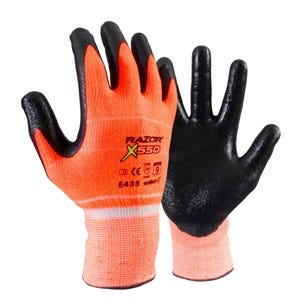

Which material is best?
Generally, UHMWPE materials are better for cut resistance if you're in situations with high cut or puncture risk. However they're not so good when it comes to high temperatures. For high temperature environments, para-aramid materials would be a better option.
Testing & Standards
When it comes to cut-resistance there are two very different methods of glove testing:
- ANSI - over in the US they use the ANSI test which uses a razor blade. Different amounts of force are applied to measure how long it takes to cut through the glove in a slicing motion.
- EN388 - this is the European test which has also been adopted for the AS/NZS 2161:2014 standards. The standard test is performed using a circular blade that goes back and forth until it cuts through the glove. Recognising that this test alone did not provide an accurate representation of industrial use, additional tests for cut resistance and puncture resistance have been introduced. The new cut resistance (ISO 13997 TDM) test uses a sliding blade rather than the rotating circular blade used in the blade cut test. This, in addition to the puncture resistance test helps to bridge the gap between the EN388 and ANSI tests. Read more about the EN388/AS/NZS 2161:2014 standards here
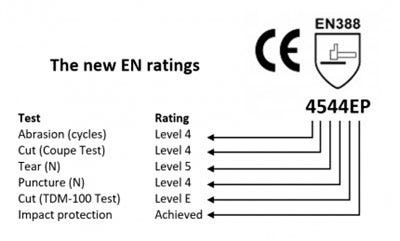

It's important to remember that the ANSI and EN388 standards can only represent the results of the testing procedures they have gone through, and should be seen as an indication of the glove's cut resistance. Tests performed in a laboratory can only partially represent the wear and tear a glove will be subjected to in the workshop environment.
 Need assistance?
Need assistance?

